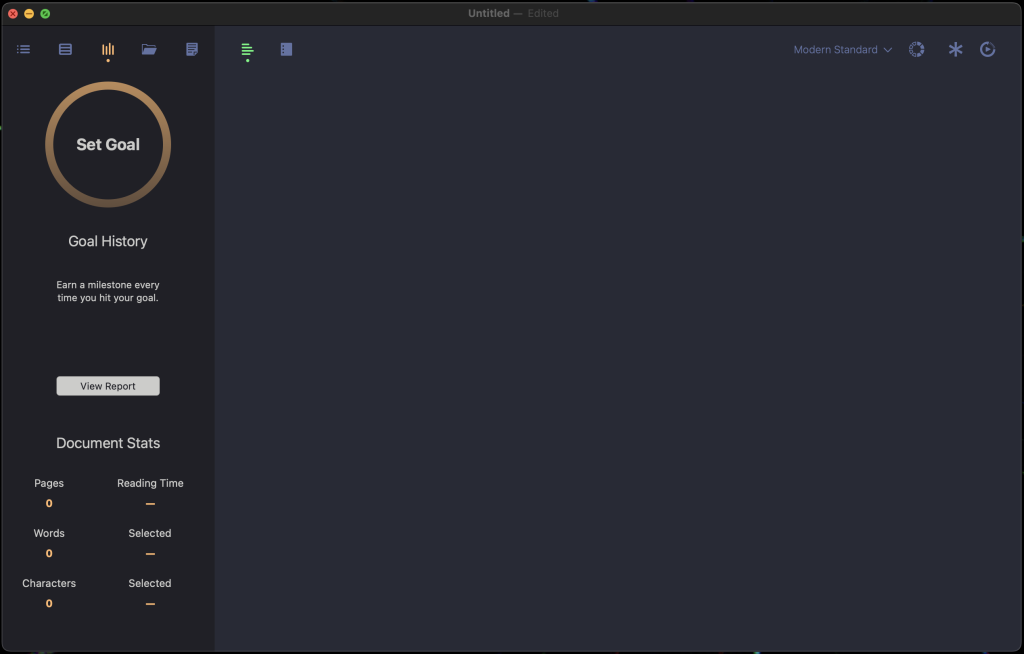
There’s a clip of writer and actress Zoe Lister-Jones discussing creative work on the Rich Roll podcast that I see making the rounds on Instagram.
“For anyone in any creative pursuit, making something with an audience in mind, to me, is always sort of like the death knell,” she says in the clip. “Make something you want to make, like, what’s the story you want to tell?”
What she said seems to be resonating with a lot of people, and at the risk of being that guy, I must say that that’s actually very bad advice.
The caveat I’ll add here, before moving forward with my spiel, is that I haven’t listened to the entire podcast episode. It’s possible that there’s more context to the snippet. But I don’t think that would change anything I’m about to say here because I believe that most of the people sharing this on Instagram haven’t seen the entire thing either.
Yes, you probably shouldn’t have a mass audience in mind when creating art — I mean, what does that even mean? — but you definitely should think of WHO you are making art for and have them in mind. Even if it’s just an audience of one. But that audience cannot be yourself.
Why?
Because making art – and in this context, I’m specifically talking about writing, and filmmaking – is a form of communication. And in order to communicate effectively, you need to know who you’re communicating with. You need to know what they know so you can tell them what they don’t know.
Would it suffice for me to tell you that I’ll call you after Tarawiyy? Or would I first need to tell you what Tarawiyy is for you to understand when that is?
Storytelling, at its best, is a dance between the teller and the audience. The person telling the story needs to give just enough information so the audience can then make a connection in their own heads. Too little information, and the audience is lost and confused. Too much information, and it’s boring because they’re no longer a participant in the dance, just mere observers.
When the audience is you, there is no dance. There is no mystery. There is nothing to connect.
I suppose you could imagine telling the story to a version of yourself before you knew what the story was, but I would then argue that at that point, you have a different audience in mind.
When people talk about storytelling being an empathy machine, they forget that it doesn’t just go one way. Yes, the person reading the book (or watching the film) gets to momentarily inhabit the life of another, but that’s only possible because the writer (or filmmaker) must’ve had to embody where the audience would be at every step of the way in order to create the space for that empathy.
The machine goes both ways.
Last night, I watched Hari Kondobolu’s new standup special, Vacation Baby. At some point towards the middle of his set, he made a joke where the punchline involved Joseph, Mary, and Jesus. He then went on a tangent about how some people had taken issue with him using Christianity as a punchline.
“Why don’t you talk about your own religion?!”
“You don’t think I want to?” he asked. “I’ve got the perfect parallel!”
And then he goes on to explain how the same joke would work with Shiva, Parvati, and Ganesha as the punchline, but then he’d have to explain who Parvati, Shiva, and Ganesha are, and what turmeric is to his audience of Brooklyn hipsters.
“Oh, Ganesha? Is that the monkey one?”
No.
My point is that art is a journey that you, as the artist, takes the audience on. And in order to take them from A to B, you first need to know if they’re actually at A, and if not, where exactly they are and how to get them to A. Because leaving an audience that could’ve been served by your work is not just a disservice to them, it’s also a disservice to the work.
I should say though that as someone who’s made podcasts, it’s usually not the place you come to with perfectly formed thoughts (although of course some do). The ideas you share are often not clarified. Very often, you’re thinking in real time and saying the first things that come to mind. So I don’t actually think that Zoe Lister-Jones would disagree with me.
In fact, I’m certain that she won’t because she herself writes with an audience in mind. I’m confident in saying this because most of the films she’s written were directed (or co-directed) by somebody else, which is to say that when she sits down to write, she is, at the very least, thinking of how the director would experience her work.
I suppose you could say that she writes with at least an audience of one in mind.
Leave a Reply